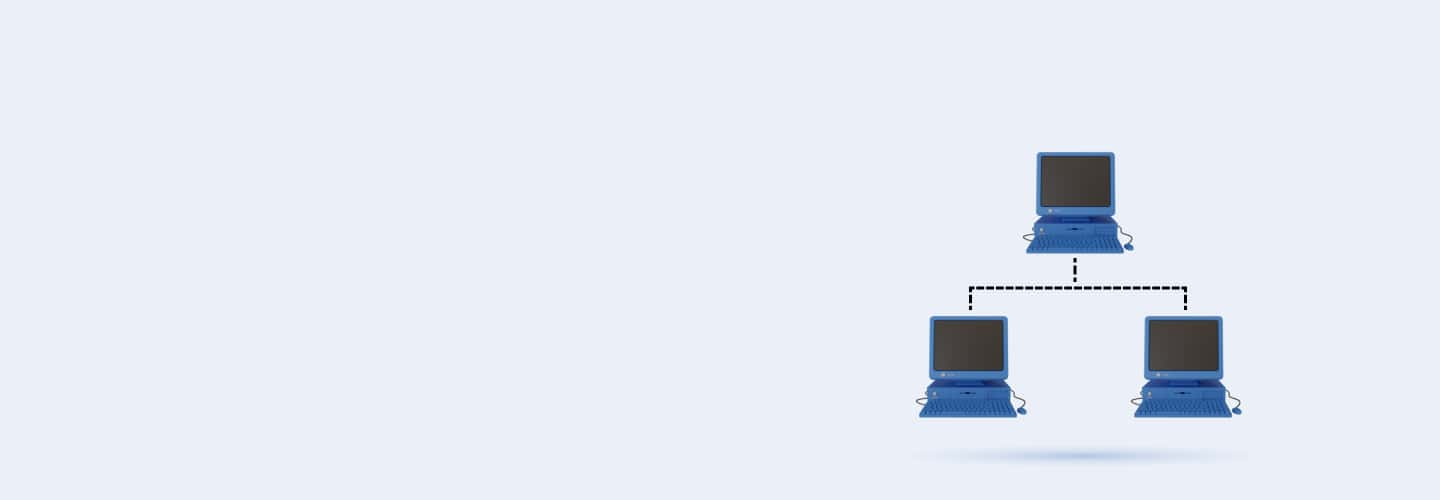
Q1
Q1 What is the main function of the Control Unit in a computer?
To execute instructions
To transfer data between input and output devices
To perform arithmetic operations
To store data
Q2
Q2 Which component of the CPU is responsible for performing arithmetic and logical operations?
Control Unit
Memory
Register
Arithmetic Logic Unit
Q3
Q3 What is the primary function of a register in a CPU?
To manage input/output
To store data temporarily
To perform calculations
To execute instructions
Q4
Q4 In which unit of the CPU are instructions fetched from memory?
Control Unit
ALU
I/O Unit
Cache
Q5
Q5 Which of the following is a key difference between RISC and CISC architectures?
RISC instructions are simpler
RISC uses fewer instructions
CISC uses more instructions
All of the above
Q6
Q6 What is a characteristic of Von Neumann architecture?
Shared memory for data and instructions
Separate memory for data and instructions
Multiple CPUs
No memory
Q7
Q7 How does Harvard architecture differ from Von Neumann architecture?
One CPU
Two CPUs
Separate memory for data and instructions
Shared memory for data and instructions
Q8
Q8 If a CPU operates at 2 GHz and fetches one instruction per cycle, how many instructions can it fetch per second?
1 billion
2 billion
1 million
2 million
Q9
Q9 A CPU seems to be underutilized in a system. The instruction fetch cycle is taking longer than expected. What could be a likely cause?
Cache memory is not being utilized
ALU malfunction
Slow clock speed
Insufficient RAM
Q10
Q10 What is the binary representation of the decimal number 10?
1010
1110
1100
1001
Q11
Q11 Which number system uses base 16?
Binary
Hexadecimal
Octal
Decimal
Q12
Q12 What is the decimal equivalent of the binary number 1101?
12
13
15
14
Q13
Q13 Which number system is commonly used in computer memory addressing?
Hexadecimal
Registers
Cache
Binary
Q14
Q14 How many bits are required to represent a single hexadecimal digit?
2
6
8
4
Q15
Q15 What is the result of converting the hexadecimal number 2A into decimal?
48
32
42
40
Q16
Q16 How is the number 255 represented in hexadecimal?
FF
EE
CC
DD
Q17
Q17 Which of the following is a characteristic of two’s complement representation?
Can represent both positive and negative numbers
Uses base 8
Requires no overflow bit
Can only represent positive numbers
Q18
Q18 Convert the binary number 101110 into its octal equivalent.
56
33
66
63
Q19
Q19 You are given a computer system that displays hexadecimal addresses, but the values appear incorrect. What could be the reason?
The system is using octal
There is an overflow in two's complement
There’s a mistake in binary conversion
None of the above
Q20
Q20 What is an Instruction Set Architecture (ISA)?
A set of commands supported by the CPU
A set of storage devices
A set of memory addresses
A set of input/output devices
Q21
Q21 What is the role of the instruction decoder in an ISA?
To execute the instruction
To fetch the instruction
To store the instruction
To interpret and convert instructions into signals
Q22
Q22 Which of the following instructions would typically be found in a RISC architecture?
Complex instructions
Load and store instructions
Multiple addressing modes
Microprogrammed instructions
Q23
Q23 How does a CISC architecture differ from RISC architecture in terms of instruction execution?
CISC has fixed-length instructions
CISC uses complex instructions executed in multiple cycles
RISC executes multiple instructions per cycle
All of the above
Q24
Q24 In a typical ISA, what does the term “opcode” refer to?
Operand code
Operation code
Memory location
Data transfer protocol
Q25
Q25 Which of the following is true about VLIW (Very Long Instruction Word) architectures?
Instructions are grouped into fixed-size bundles
All instructions are the same length
Instructions are executed sequentially
Each instruction has a different execution time
Q26
Q26 Convert the following assembly instruction MOV AX, BX into its corresponding binary opcode representation.
0011
1011
1101
0001
Q27
Q27 Given the instruction ADD R1, R2, R3, what type of addressing mode is being used?
Register
Immediate
Direct
Indirect
Q28
Q28 How does a branch instruction affect program execution in assembly language?
Transfers data to memory
Changes the flow of execution
Executes another instruction
Halts the program
Q29
Q29 A program is not executing the correct instruction after a jump command. What could be the reason?
Instruction decoding error
Overflow error
Wrong jump address
Incorrect register
Q30
Q30 The system is failing to load data from memory into registers. What is the likely cause?
Faulty load instruction
Cache error
Wrong opcode
ALU failure

